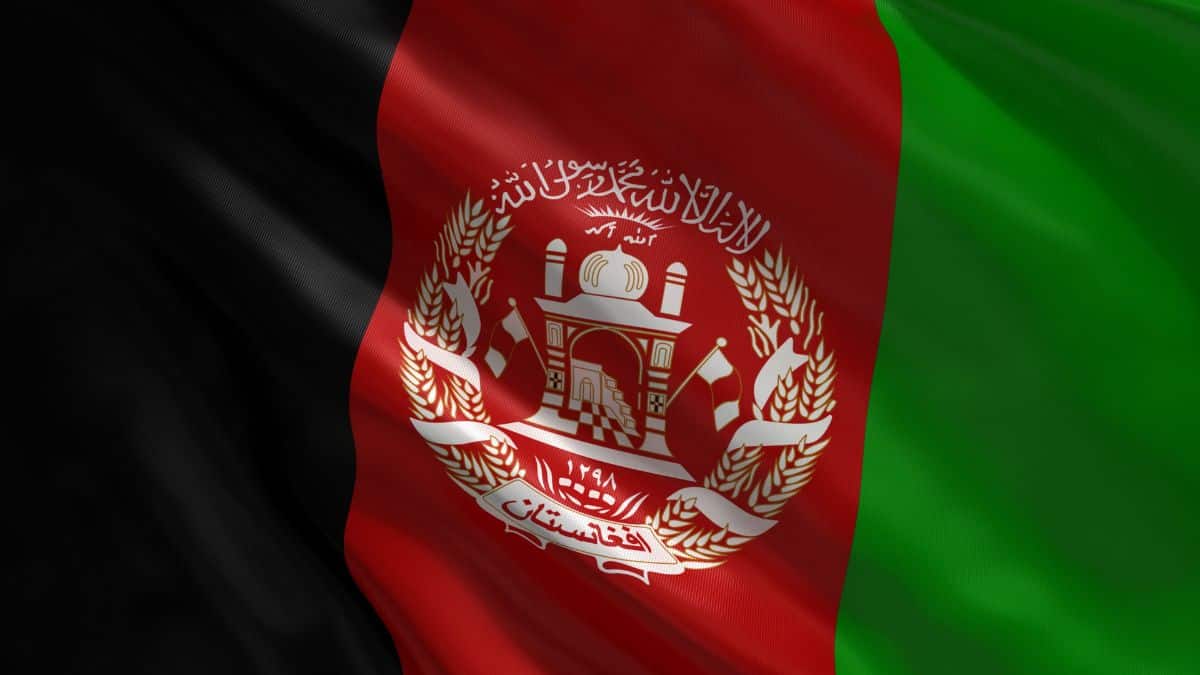 Image Credits - Pinterest
Image Credits - Pinterest
Afghanistan, located in the heart of Asia, remains the least prosperous country due to a complex web of factors. The country’s persistent conflict, rampant corruption, significant inequality, limited access to education and job opportunities, and inadequate basic services have all contributed to this situation. Additionally, economic downturns and challenges in the agricultural sector have further exacerbated the problem. Despite the influx of international aid, poverty in Afghanistan continues to worsen.
However, there are potential strategies that can lead to improvement. These strategies include strengthening the agricultural industry, prioritizing human development, implementing risk management and mitigation measures, improving market accessibility, supporting small businesses, and initiating cash-for-work programs.
The success of these strategies heavily relies on political stability and global cooperation. Unfortunately, the ongoing conflict and political unrest in Afghanistan pose significant obstacles to implementing these solutions. Therefore, addressing poverty in Afghanistan requires a comprehensive approach that goes beyond immediate relief efforts and focuses on long-term development and stability.
Factors Contributing to Poverty in Afghanistan
Afghanistan’s position as the least affluent nation in Asia can be attributed to a variety of factors. The prolonged conflict that has plagued the country for many years has resulted in instability and hindered economic progress. This instability is further compounded by widespread corruption, which undermines effective governance and impedes economic growth.
The significant income disparity in Afghanistan exacerbates the poverty situation. Many Afghans lack access to education and opportunities for livelihood, perpetuating the cycle of poverty. Additionally, limited access to essential services like healthcare intensifies the issue of poverty.
Despite the influx of international aid, poverty continues to increase in Afghanistan. A staggering 39% of Afghans currently live in poverty, and this number is rising. There are 1.3 million more impoverished individuals in Afghanistan today compared to 2012. The economy is not sufficiently equipped to accommodate the expanding labour force, and illiterate workers are struggling to find low-skilled jobs that are in short supply.
In 2016, Afghanistan’s GDP growth was a mere 1.2%. While this represented an increase, it is insufficient to alleviate unemployment. Economists estimate that a GDP growth rate of eight per cent is necessary to effectively employ the Afghan workforce. However, the ongoing conflict and insecurity within the country make achieving this growth unlikely.
Rural Afghanistan, which heavily relies on agriculture and informal labour markets, is particularly affected by poverty. Insufficient investments and natural disasters have severely impacted the agricultural sector, which is a primary source of employment for many Afghans. The country lacks the necessary natural resources for successful agriculture, with limited farmable land and inadequate irrigation infrastructure due to scarce precipitation. Additionally, Afghanistan has experienced multiple debilitating droughts since 1999. In rural areas, small-scale farmers, herders, landless individuals, and female heads of households bear the greatest burden of poverty.
The limited access to education and health services in Afghanistan has resulted in increased inequalities for women. Many women are unable to join the workforce due to a lack of skills or medical conditions. The ongoing conflict has led to a significant number of widows, who make up a large portion of the impoverished population in the country. These women often have children to support, but they are excluded from various social and employment opportunities due to the patriarchal society, leaving them with no choice but to resort to begging.
Despite the substantial aid provided by numerous countries and organizations, it appears that the situation has not improved. The gap between the rich and poor in Afghanistan continues to widen. While a significant portion of the aid was allocated towards constructing schools, and hospitals, and improving public services and infrastructure, the struggling agricultural sector and vulnerable rural households have been largely neglected. Furthermore, the government’s distribution of funds has not always been equitable across the country.
Afghanistan has been burdened by conflict for many years, resulting in instability and hindering economic progress. This continuous state of war has disrupted infrastructure, displaced people, and created an unfriendly environment for businesses and economic development.
Corruption is widespread in Afghanistan, undermining governance and impeding economic growth. It erodes trust in public institutions, discourages investment, and diverts resources away from essential services and development projects.
Afghanistan faces significant income inequality, which worsens poverty. The wealth gap means that the benefits of economic growth are not distributed equally, leaving many individuals behind.
Access to education and livelihood opportunities is limited for many Afghans. This restricts their ability to improve their living conditions and break free from poverty.
Basic services such as healthcare are lacking for a large portion of the Afghan population. Without these services, people are more vulnerable to illnesses and other hardships that can push them further into poverty.
The sudden change in regime and the abrupt halt of foreign aid and international financial connections have caused a severe economic shock.
Measures to Improve the Situation
Rural Afghanistan, heavily reliant on agriculture and informal labour markets, is particularly impoverished. Insufficient investments and natural disasters have negatively impacted the agricultural sector, which is the main source of employment for most Afghans. This leaves many rural Afghans without a stable income source.
To tackle these challenges, various measures can be put into effect. Prioritizing the strengthening of agriculture, which is the primary source of employment for most Afghans, can help increase rural incomes and ensure food security. Investing in education and healthcare services can enhance the quality of life and provide more opportunities for individuals to escape poverty.
Implementing risk management programs can effectively safeguard vulnerable individuals from unforeseen circumstances that may lead them into destitution. Enhancing accessibility to markets and establishing connections between rural and urban areas can greatly assist Afghans, particularly the younger generation, in securing employment opportunities. International aid plays a crucial role in providing immediate relief and sustaining long-term development endeavours. Allocating grants to micro businesses can foster economic growth and stimulate entrepreneurial activities. Additionally, offering short-term income support to the unemployed can alleviate financial hardships.
